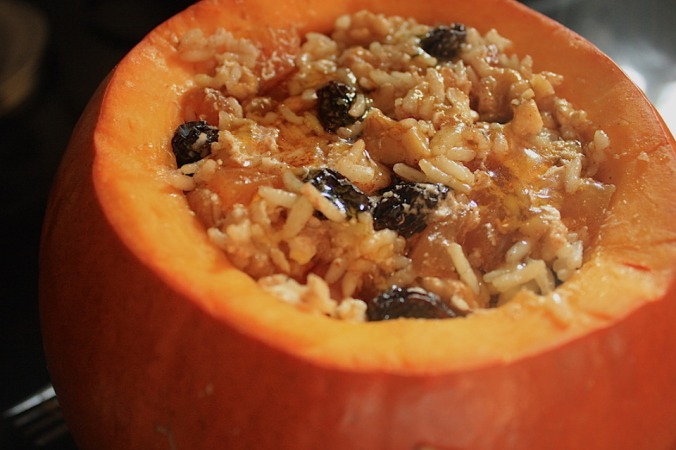Алоэ (столетник) – комнатное растение, нетребовательное в уходе и полезное. Его можно рекомендовать для выращивания всем! Во-первых, из-за простоты алоэ в уходе, во-вторых, из-за экзотической внешности суккулента, в-третьих, из-за его медицинских свойств. Как же его выращивать?
Виды алоэ
Всего насчитывается несколько сотен видов алоэ. В комнатах чаще всего разводят алоэ древовидное, алоэ пёстрое, алоэ вера.
 |
 |
 |
| Алоэ древовидное | Алоэ пёстрое (тигровое) | Алоэ вера |
Алоэ древовидное
У него развитый ствол, листья толстые серовато-зелёного цвета, имеют заострённую мечевидную форму и острые зубцы. В комнате может вырастать до 1 метра в высоту.
Алоэ пёстрое или тигровое
Этот вид отличается рисунком в виде белых поперечных штрихов на тёмно-зелёных листьях. Это некрупный вид алоэ, с коротким стеблем. Его заострённые листья собраны в розетку и закручены по спирали.
Кстати, не путайте этот вид алоэ с другим представителем суккулентов — гастерией.
Алоэ вера
Это кустовой вид также с коротким стеблем. Листья у него мясистые длинные с зубчиками. Направлены вверх.
Уход за алоэ
Алоэ – растение, нетребовательное к температуре содержания. Зимой может находиться и в прохладном помещении, и в условиях обычной жилой комнаты.
Полезные свойства Алоэ древовидное
Препараты алоэ оказывают желчегонное, слабительное действие; обладают выраженными ожоговыми и противовоспалительными свойствами; улучшают пищеварение и аппетит. Сок алоэ древовидного обладает бактериостатическим действием в отношении многих групп микробов: дифтерийной, стрептококков, стафилококков, дизентерийной и брюшнотифозной палочек.
Научная медицина использует экстракт алоэ при язве желудка и двенадцатиперстной кишки, болезнях глаз, бронхиальной астме. При лучевой болезни принимают эмульсию алоэ. В корейской медицине — для повышения аппетита; при душевной меланхолии, бессоннице, глазных болезнях, гастрите, стригущем лишае, чесотке, привычных запорах, отсутствии менструаций..


